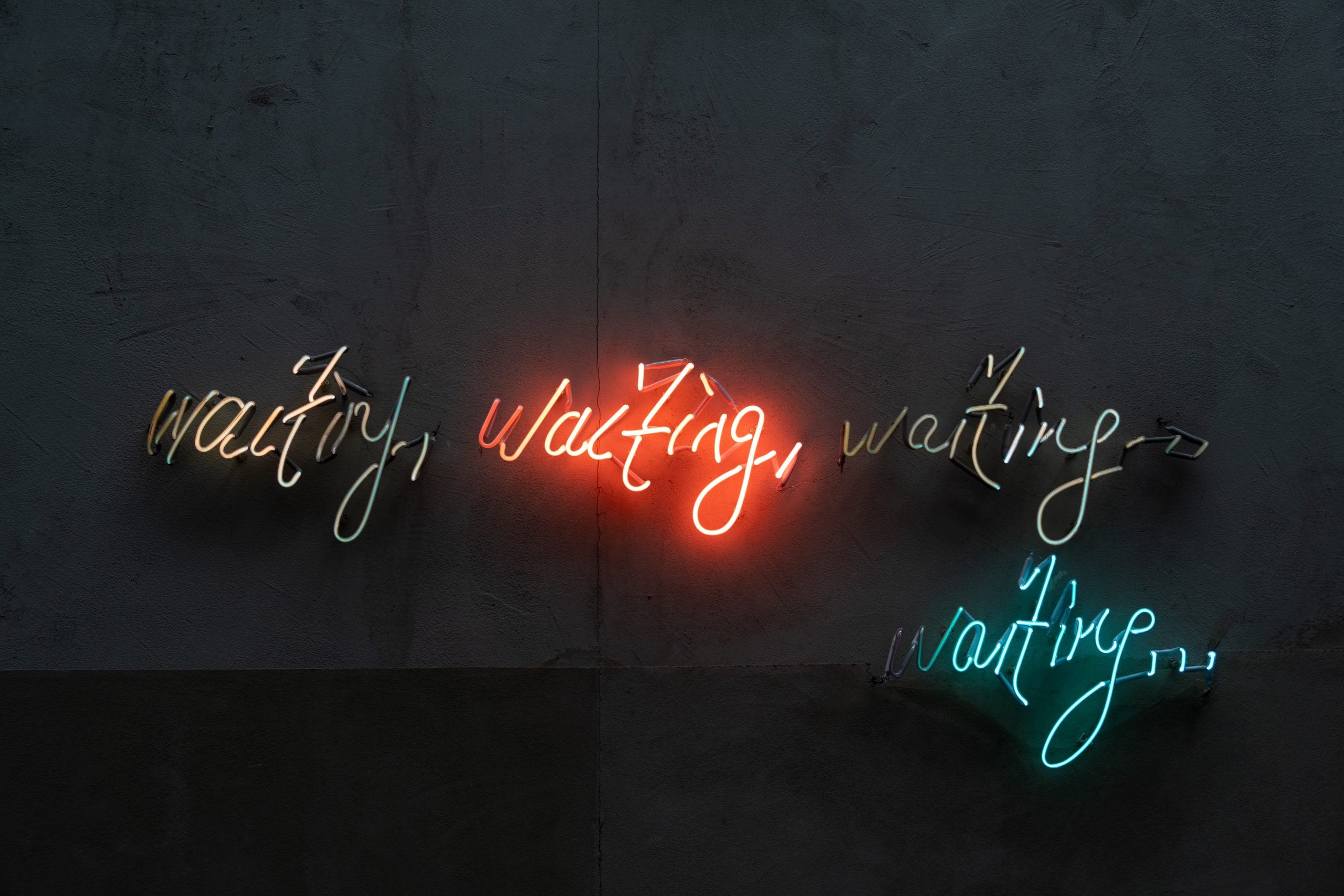I really don’t like interviewing. No matter how qualified I am for the job, I always get nervous. Sometimes I go on too long with my answers. Or overthink what I’ll say. Or my mind will go blank on what should be a really easy question.
I don’t even really like being an interviewer. I get nervous on behalf of the candidate, I don’t like being a passive observer (I want to help!), and I really don’t like to turn down candidates. I just want everyone to succeed.
Maybe I shouldn’t admit this as someone who is often involved in hiring. (And as someone who is actively job seeking right now…) But I think it’s worth the reputational risk to publicly acknowledge that interviewing is really hard. And for some people, like me, it never really gets easier. But that doesn’t mean it has to be quite so hard. With practice and a little forethought, UXR interviews can become a lot more approachable.
Most UXR interviews follow a fairly similar structure. And there are a lot of themes that recur regardless of the specific company or role. Knowing this structure and these themes can help you prepare for the types of questions you might encounter.
Typically, this knowledge comes from going through a lot of interviews – or from conducting them. But I’m a strong believer that interview performance shouldn’t be based on how many interviews you’ve done – and everyone deserves a chance to put their best foot forward. So I’d like to share with you a few of the key strategies I’ve learned over the years for doing your best in a UXR interview:
Five key strategies to prepare for UXR interviewing:
- Prepare some answers beforehand
- Revisit your past project work
- Brush up on the basics
- Understand the business
- Structure your answers
Below, I’ve gone into detail about how these strategies have helped me in my own interviews and included publicly available resources to help you practice them. Some quick caveats, first: I’m not an expert at interviewing. I don’t pass every interview I take. I can’t guarantee you’ll pass an interview with these tips. And I’m not going to share any “answers” to specific interview questions. What I will share are general reflections on the patterns behind these interviews and some potentially useful ways to prepare for them. If that’s what you’re looking for, please read on.
Some Quick Background
First, let’s start with some quick background on UXR interviews. While the structure will vary from company to company, generally UXR interviews tend to fall into three broad categories, which I’ll call methodological skill, business sense, and team & culture (though the names can vary).
- Methodological skill – Can you do research? Checks to make sure you can own a research project from start to finish at a complexity/scope appropriate for your level.
- Business sense – Can you do research that matters? Checks to see whether you can design research and deliverables that drive impact for the business.
- Team & Culture – Can you do research here? Checks to see whether you can operate successfully within a team structure at this company.
Depending on the company and your level, there may be additional interviews around leadership, problem solving ability, and/or collaboration with other disciplines. But the above three tend to be core to most UXR interviews and are often critical in determining whether a researcher has the experience and capabilities to succeed within that company’s structure.
Many companies also require a portfolio or case study where you are expected to go into detail about a past research project you ran from start-to-finish. Since portfolios are a whole topic unto themselves, I’m not going to explicitly focus on them in this post (but you can find more advice on them here: 1, 2, 3). However, the strategies I discuss still apply broadly to these types of interviews as well.
1: Prepare some answers beforehand
The first, and perhaps most obvious strategy, is to spend some time thinking in advance about how you might answer common interview questions. A lot of interviews today tend to rely on behavioral questions (“tell me about a time when…”) You don’t want to waste time in the interview trying to think of a good example or picking one that doesn’t represent you well. I’ll often try to brainstorm potential questions before my interview and write down a few examples that I can reference if needed.
So how do you know what you might be asked? Some of this just comes from interviewing a lot, so I always recommend getting a few “loops” in, even if you are only targeting one specific company. But here are some other ways you can brainstorm potential questions before you get to your interview:
- Search online: Search online for [company] + [title] interview questions
- Check Glassdoor: Check out the interview tab for the company on Glassdoor
- Use your own experience: Think about common challenges researchers face at your company and how you’ve dealt with them
- Ask a friend: Ask friends in the industry what questions they’ve run into in the past
- Ask a recruiter: Ask the recruiter if they can give you examples of the types of questions you should prepare for
Don’t expect any of these methods to produce the exact list of questions you’ll be answering. That would be cheating. Instead, use this as a way to get a general sense of the types of questions you might be asked so that you can brainstorm potential examples beforehand.
2: Revisit your past project work
Most interviews will require you to talk about a past research project you led. It’s a good idea to have a few of these picked out in advance. I recommend focusing on work that you are proud of and that showcases the type of work you want to be doing. But it’s also important to pick work that you feel very confident speaking to. Focus on methodologies that you know inside and out, rather than ones that you’ve just started exploring. Your interviewer may want to dive deep into the details of how you designed the study – and why you made those choices – so you’ll want to be able to address those with confidence.
This is also a good time to go back to those studies and examine them in detail, assuming you still have access to them. I usually review my research plan, any study instruments such as questionnaires and discussion guides, and deliverables. Then I think about each phase of the project:
- Goal: Why did I pick that project and why did it matter for the business?
- Approach: What methodology did I choose and why?
- Execution: How did I design the study to consider both the goal and constraints?
- Analysis: How did I analyze my results and why did I choose that approach?
- Deliverable: How did I deliver my results and why did I choose that format?
- Impact: What was the outcome of my work and how did I achieve that?
For each of these questions, I think about why I chose to approach the study that way. What alternatives could I have chosen? Why did/didn’t I choose those? What tradeoffs did I make? I also think about what I learned from the process. What challenges did I run into? How did I resolve them? What would I do differently? This helps keep the project fresh in my mind if I need to reference it during my interview, so I don’t have to rely on memory to fill in the gaps of decisions I made months or years ago.
Side note: This is also one reason why I recommend writing detailed research plans! It makes it easy to see why you made the choices you did and explain them to others if necessary.
3: Brush up on the basics
I cannot stress this enough – UX Research is a technical role. It’s not enough to show you can execute a rote study plan, you need to understand the rationale behind methodological choices to show that you can make the right decisions based on the context. That’s why it never hurts to go back to the basics and make sure you can speak confidently to the fundamentals of the methodologies you use. Even very experienced researchers can get tripped up on basic questions about research practices if they haven’t had to explain them in a long time.
- Revisit resources: Take a look back at textbooks or online explainers. These types of resources usually do a good job of breaking down the concepts at a basic level without sacrificing accuracy.
- Practice explaining: Practice explaining basic research concepts. Think about some of the core principles behind your research capabilities and practice explaining them to non-experts.
- Get comfortable generalizing: Rather than focusing on specific rules (e.g. the ‘5 participant rule’), practice thinking generally about when and why you choose specific approaches. If you’re not sure, that’s a good sign you’ll want to brush up some more on the theory behind your work.
For additional resources, I recommend the following: Nielsen Norman Group (1, 2, 3, 4), UserInterviews.com (1, 2, 3), Quantifying the User Experience, Web Survey Methodology, Designing and Conducting Survey Research
4: Understand the business
A critical part of industry research is demonstrating business sense: that you understand how to operate effectively within a business. Typically, this means understanding things like company objectives, the product development process, and the market for that product. This type of thinking, also lumped in with “business acumen” or “product sense”, is all about recognizing that your work is part of a larger process to develop successful products and bring value to users (and the company). When evaluating business sense, interviewers tend to look for signs that you can connect your research to business goals, make recommendations to improve the product, and effectively influence decision-making.
Building business sense takes time and it’s not something that is typically taught in a formal setting for researchers. But there are some thing you can do on your own to deepen your understanding of the industry:
- Investigate the product – I think this goes without saying, but make sure to actually try the product the company makes. Spend some time getting familiar with it and think about what works well and what doesn’t.
- Competitive “research” – Take a look at other products that are in a similar space and try them out if you can. Think about their relative strengths and weaknesses compared to your target company’s product.
- Read up on the company – Look up the company’s website and any public statements from leadership. Make sure you know the company’s mission, values, and audience.
- Find an industry mentor – If you haven’t worked in industry, reach out to folks in your network who have. Ask them to walk through their experience working in the product space and to help you understand how research fits into the development process.
Note: If you’re coming from outside of industry, it’s important to take some time to understand how other types of research differ from industry research (for some tips, check out these articles – 1, 2, 3, 4).
5: Have a structure to your answers
Researchers are often asked to use structured thinking in their roles — either implicitly or explicitly. Many interview questions are designed to look for system- or framework-thinking to understand your approach to problem solving. For example – “how do you prioritize your research?” or “describe a recent research project you led” or “how would you approach a research question about user churn?”. These open-ended questions don’t have a right answer. But that doesn’t mean you can’t get them wrong. Failing to answer the question clearly and concisely can make it seem like you don’t have a consistent approach to your work.
When facing complex or open-ended interview questions like these, it’s a good idea to stop, pause, and think of a structure before proceeding. That structure can be as simple as a bullet point list. It may be more complex, like a prioritization framework. It may just be one big idea, said simply. Whatever the approach, it’s better to take a moment to prepare your answer than to rush in and hope whatever comes out of my mouth makes sense.
Some common frameworks to consider:
- STAR – For behavioral questions, consider Nielsen Norman Groups’ acronym, STAR: Situation, Tasks, Actions, Results. STAR helps you present a coherent narrative about how you solved a problem that provides just enough context for the interviewer to see how you arrived at your decision.
- METEOR – For complex problem-solving and case study questions, try NNG’s METEOR: Muse, Enquire, Theorize, Endeavor, Outcome, Recap. MUSE helps ensure you answer the right question, lay out your hypotheses and assumptions, and drive towards a clear outcome.
- BROAD – For walking through research examples, consider my BROAD framework (Business goal, Research question, Output, Approach, Data) to ensure you have clearly defined the business and research questions before diving into the details of your approach.
- BAR – Alternatively, for portfolio-based work, consider the BAR method to create a strong narrative beginning with the background, highlighting the actions you took, and ending with the results you achieved.
Note: Knowing these frameworks isn’t enough. Most researchers won’t be familiar with them by name, even if they use some form of them in their daily work. So you’ll need to practice applying these so you’re ready to use them effectively in the moment.
—
At the end of the day, there’s only so much you can control with a job interview. It’s hard to know exactly what companies are looking for and whether you’re on the right track. Not every interview will be a slam dunk: as my friend JW likes to say, “sometimes you have to get some bad interviews out of your system”. But with solid preparation – and lots of practice – you can help make the process a little bit less scary and a little more predictable.
Have some opinions about what I suggested here? Or some recommendations for additional resources to include? Please comment below or on my LinkedIn post and let me know!
Genevieve Conley Gambill is a pathfinder and strategist with over ten years of experience advising top tech companies on preparing for the future. She is not a job interview expert… she’s just been through a lot of interviews. You can find more from Genevieve on LinkedIn and Twitter.




One Comment